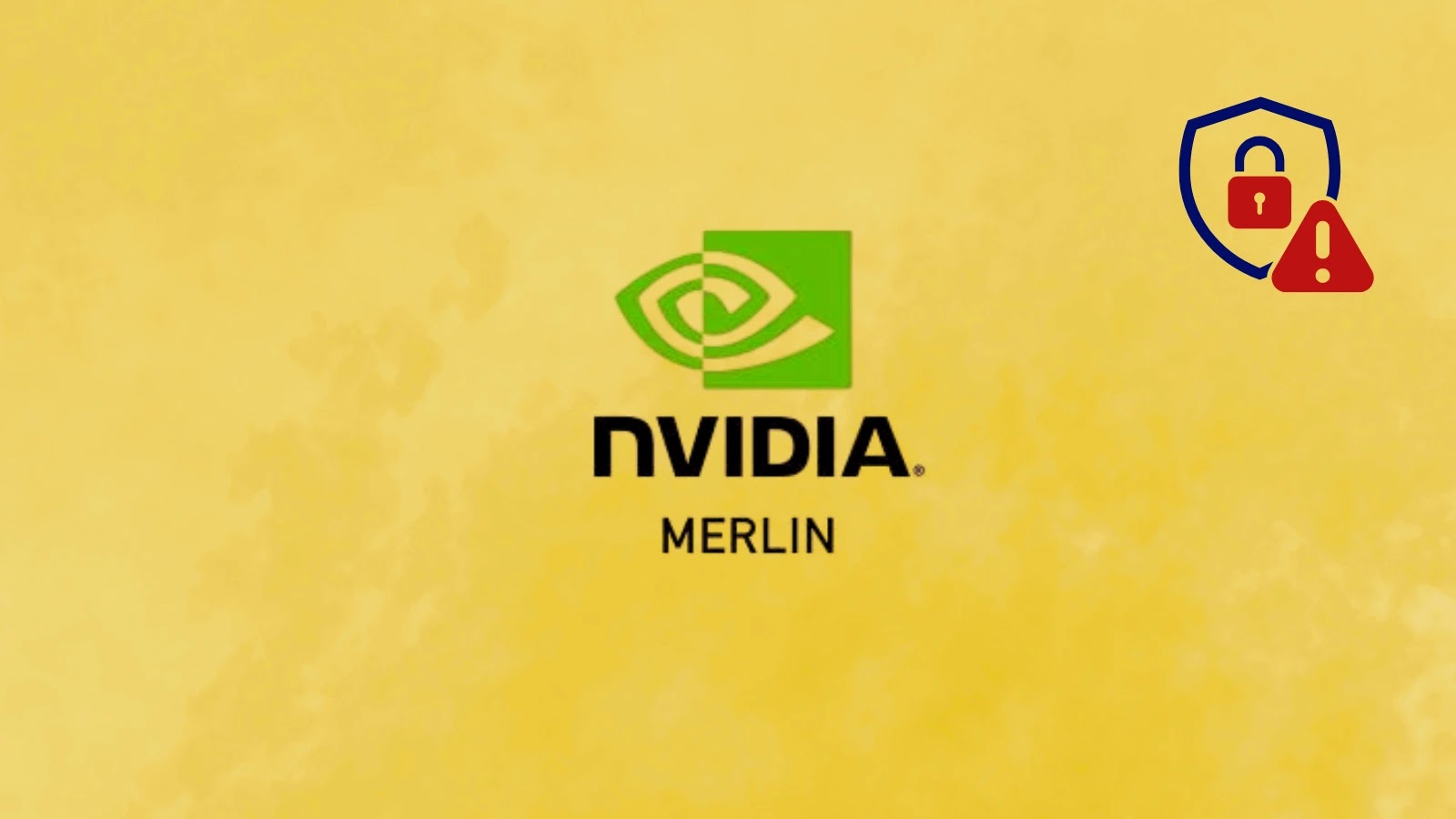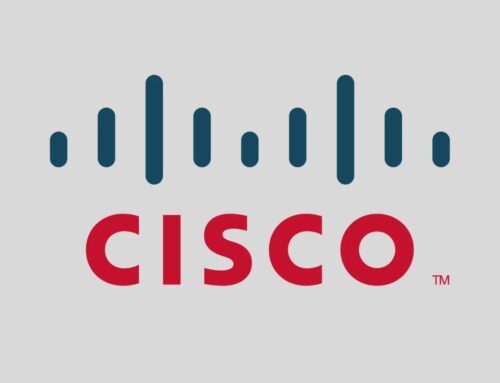
NVIDIA Merlin Vulnerability Allow Attacker to Achieve Remote Code Execution With Root Privileges
Critical NVIDIA Merlin Vulnerability Exposes AI/ML Environments to Root RCE
In the rapidly evolving landscape of artificial intelligence and machine learning, security often lags behind innovation. A recent discovery highlights this critical gap: a severe vulnerability in NVIDIA’s Merlin Transformers4Rec library (specifically, CVE-2025-23298). This flaw allows unauthenticated attackers to achieve remote code execution (RCE) with root privileges, posing a significant threat to environments utilizing this popular framework.
The vulnerability underscores a persistent security risk within many AI/ML frameworks: the heavy reliance on Python’s pickle deserialization, a mechanism notorious for its potential for abuse when handling untrusted data.
Understanding the NVIDIA Merlin Vulnerability (CVE-2025-23298)
The core of CVE-2025-23298 lies within the NVIDIA Merlin Transformers4Rec library. This library, designed to empower recommender systems with state-of-the-art transformer models, contains a critical flaw in its model checkpoint loader. When an attacker can interact with this loader and supply a maliciously crafted serialized object, the application attempts to deserialize it. Due to the inherent dangers of Python’s pickle format, this operation can lead to arbitrary code execution.
What makes this vulnerability particularly alarming is its severity:
- Unauthenticated Access: An attacker doesn’t need to authenticate to the system to exploit this flaw.
- Remote Code Execution (RCE): Successful exploitation grants the attacker the ability to execute arbitrary code on the affected system.
- Root Privileges: Critically, the RCE is achieved with root privileges, providing the attacker full control over the compromised system.
The discovery was made by Trend Micro’s Zero Day Initiative (ZDI), which consistently uncovers critical vulnerabilities before they can be widely exploited in the wild. Their findings highlight the ongoing challenge of securing complex ML frameworks.
The Dangers of Unsafe Deserialization in ML Frameworks
Python’s pickle module is a powerful tool for serializing and deserializing Python objects. However, its power comes with a significant security caveat: it is not secure against maliciously constructed data. When you deserialize a pickled object, the interpreter can execute arbitrary code embedded within that object’s structure. This is precisely the attack vector exploited by CVE-2025-23298.
In machine learning contexts, models are frequently saved and loaded using serialization techniques. If a model checkpoint, often a pickled object, can be intercepted, swapped, or tampered with by an attacker, then loading that checkpoint could compromise the entire system running the ML application. The NVIDIA Merlin vulnerability serves as a stark reminder that even well-intentioned features, when mishandled, can become critical security weaknesses.
Target Audience and Impact
This vulnerability primarily impacts organizations and developers utilizing NVIDIA Merlin Transformers4Rec in their AI/ML pipelines. This includes:
- Companies deploying recommender systems built with Merlin.
- Researchers and data scientists using Transformers4Rec for model development and deployment.
- Any environment where Merlin Transformer4Rec models are loaded via untrusted or potentially compromised sources.
A successful RCE with root privileges could lead to data theft, intellectual property loss, system disruption, or further lateral movement within an organization’s network.
Remediation Actions for NVIDIA Merlin Users
Addressing CVE-2025-23298 requires immediate attention. Users of NVIDIA Merlin Transformers4Rec should take the following steps:
- Update NVIDIA Merlin Transformers4Rec: The most crucial step is to apply the security patch released by NVIDIA. Monitor official NVIDIA channels for the version fixing CVE-2025-23298 and upgrade immediately.
- Validate Model Checkpoint Sources: Ensure that all model checkpoints loaded into your NVIDIA Merlin applications originate from trusted and verified sources. Implement stringent integrity checks (e.g., cryptographic hashing) for all model files.
- Principle of Least Privilege: Run ML workloads and applications with the minimum necessary privileges. Avoid running services that load untrusted data with root privileges.
- Network Segmentation: Isolate environments hosting critical ML infrastructure to limit the blast radius in case of a compromise.
- Security Audits: Conduct regular security audits of your ML/AI infrastructure, focusing on data ingestion, model loading, and serialization practices.
- Monitor for Anomalous Activity: Implement robust logging and monitoring to detect unusual process execution, network connections, or file system changes that could indicate an ongoing attack.
Tools for Detection and Mitigation
While direct patching is the primary remediation, several security practices and tools can aid in detecting and mitigating deserialization vulnerabilities and general RCE risks:
| Tool Name | Purpose | Link |
|---|---|---|
| SAST/DAST Solutions | Detect serialization flaws in code during development (SAST) or at runtime (DAST). | (Varies by vendor, e.g., Synopsys Black Duck, Checkmarx) |
| Dependency Scanners | Identify vulnerable third-party libraries, including older versions of Merlin. | Sonatype Nexus Lifecycle, Snyk |
| Intrusion Detection/Prevention Systems (IDS/IPS) | Monitor network traffic for suspicious patterns indicating RCE attempts or post-exploitation activities. | (Varies by vendor, e.g., Cisco Firepower, Suricata) |
| Endpoint Detection and Response (EDR) | Detect and respond to malicious activities on endpoints where ML models are loaded and executed. | (Varies by vendor, e.g., CrowdStrike Falcon, SentinelOne) |
Protecting Your AI/ML Pipelines
The NVIDIA Merlin vulnerability, CVE-2025-23298, serves as a critical warning for anyone operating AI/ML infrastructure. Unsafe deserialization vulnerabilities remain a significant threat, particularly when combined with the broad execution capabilities of frameworks like NVIDIA Merlin. Prioritizing timely patching, rigorous input validation, and adherence to the principle of least privilege are fundamental to securing these complex, powerful systems against devastating remote code execution attacks with root privileges. Staying informed about new vulnerabilities and maintaining robust security practices are paramount to safeguarding your intelligent applications.





